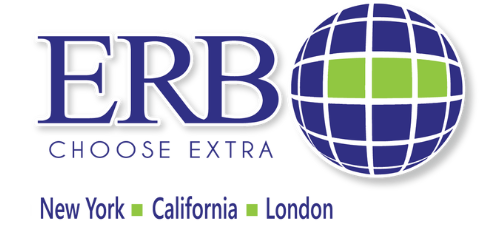The Chancellor has announced that changes to the CJRS will apply a month earlier than expected. From 1 July the scheme will allow part-time working, but staff must have been furloughed by 10 June to be eligible.
From 1 July 2020, businesses will be given the flexibility to bring furloughed employees back part time. This is a month earlier than previously announced to help support people back to work. Individual firms will decide the hours and shift patterns their employees will work on their return, so that they can decide on the best approach for them – and will be responsible for paying their wages while in work.
From August 2020, the level of government grant provided through the job retention scheme will be slowly tapered to reflect that people will be returning to work. That means that for June and July the government will continue to pay 80% of people’s salaries. In the following months, businesses will be asked to contribute a modest share, but crucially individuals will continue to receive that 80% of salary covering the time they are unable to work.
The scheme updates mean that the following will apply for the period people are furloughed:
June and July: The government will pay 80% of wages up to a cap of £2,500 as well as employer National Insurance (ER NICS) and pension contributions. Employers are not required to pay anything.
August: The government will pay 80% of wages up to a cap of £2,500. Employers will pay ER NICs and pension contributions – for the average claim, this represents 5% of the gross employment costs the employer would have incurred had the employee not been furloughed.
September: The government will pay 70% of wages up to a cap of £2,187.50. Employers will pay ER NICs and pension contributions and 10% of wages to make up 80% total up to a cap of £2,500. For the average claim, this represents 14% of the gross employment costs the employer would have incurred had the employee not been furloughed.
October: The government will pay 60% of wages up to a cap of £1,875. Employers will pay ER NICs and pension contributions and 20% of wages to make up 80% total up to a cap of £2,500. For the average claim, this represents 23% of the gross employment costs the employer would have incurred had the employee not been furloughed.
Employers will be required to submit data on the usual hours an employee would be expected to work in a claim period and actual hours worked. Employees who believe they are not getting their 80% share can also report any concerns to the HMRC fraud hotline. HMRC will not hesitate to take action against those found to be abusing the scheme.
Around 40% of employers have not made a claim for employer NICs costs or employer pension contributions and so will be unaffected by the change in August if their employee’s employment patterns do not change.
Many smaller employers have some or all of their employer NIC bills covered by the Employment Allowance so will not be significantly impacted.
Around 25% of CJRS monthly claims are below the thresholds where employer NICs and automatic enrolment pension contributions are due, and so no employer contribution would be expected for these payments to furloughed employees in August.
The scheme will close to new entrants on 30 June, with the last three-week furloughs before that point commencing on 10 June. This means the final date by which an employer can furlough an employee for the first time will be 10 June for the current three week furlough period to be completed by 30 June. Employers will have until 31 July to make any claims in respect of the period to 30 June.
From 1 July, employers will be able to agree any working arrangements with previously furloughed employees.
When claiming the CJRS grant for furloughed hours; employers will need to report and claim for a minimum period of a week, for grants to be calculated accurately across working patterns.
The table below summarises the changes to the scheme and implications for the employer and employee:
|
July |
August |
September |
October |
|
| Government contribution: employer NICs and pension contributions |
YES |
NO |
NO |
NO |
| Government contribution: wages |
80% up to £2,500 |
80% up to £2,500 |
70% up to £2,187.50 |
60% up to £1,875 |
| Employer contribution: employer NICs and pension contribution |
NO |
YES |
YES |
YES |
| Employer contribution: wages |
– |
– |
10% up to £312.50 |
20% up to £625 |
| Employee receives |
80% up to £2,500 per month |
80% up to £2,500 per month |
80% up to £2,500 per month |
80% up to £2,500 per month |
